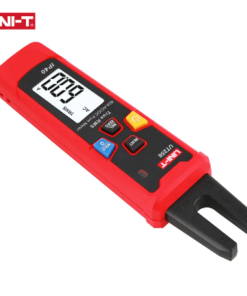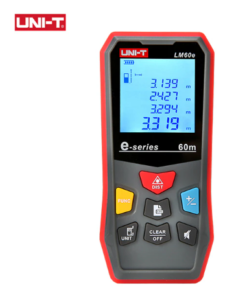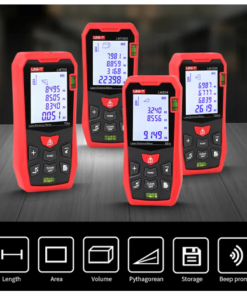Fork Meter:
What is a Fork Meter?
A fork meter, also known as a clamp meter or current clamp, is a specialized electrical testing tool designed to measure electric current without the need for direct contact with the conductor. It’s particularly useful for measuring high currents in industrial and electrical settings.
How Does It Work?
- Magnetic Induction: The fork meter operates on the principle of electromagnetic induction. When an electric current flows through a conductor, it generates a magnetic field around it.
- Sensor Activation: The fork meter’s sensor, typically a Hall effect sensor, detects this magnetic field.
- Current Measurement: The sensor converts the magnetic field strength into a measurable electrical signal, which is then displayed on the meter’s screen as the current value.
Key Features and Benefits:
- Non-Contact Measurement: Eliminates the need to break the circuit or disconnect wires, making it safer and more convenient.
- Versatility: Can measure both AC and DC currents.
- Wide Current Range: Capable of measuring a wide range of current values, from milliamperes to thousands of amperes.
- Portability: Compact and lightweight, making it easy to carry and use in various settings.
- Safety: Reduces the risk of electrical shock by avoiding direct contact with live conductors.
Common Applications:
- Electrical Maintenance: Troubleshooting electrical circuits, identifying faulty components, and verifying circuit integrity.
- Industrial Settings: Monitoring motor currents, transformer loads, and other electrical equipment.
- Home Inspections: Checking for electrical faults and potential hazards.
- Automotive Diagnostics: Measuring current draw in automotive electrical systems.
Fork Meter
Filtration Equipment



